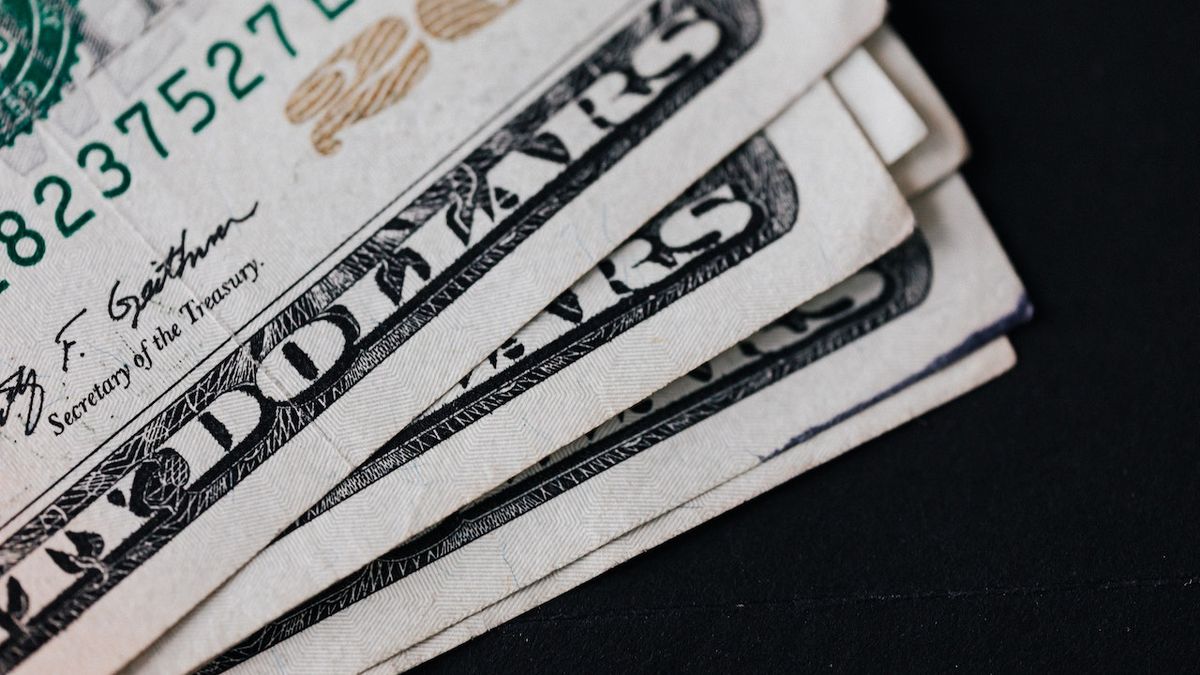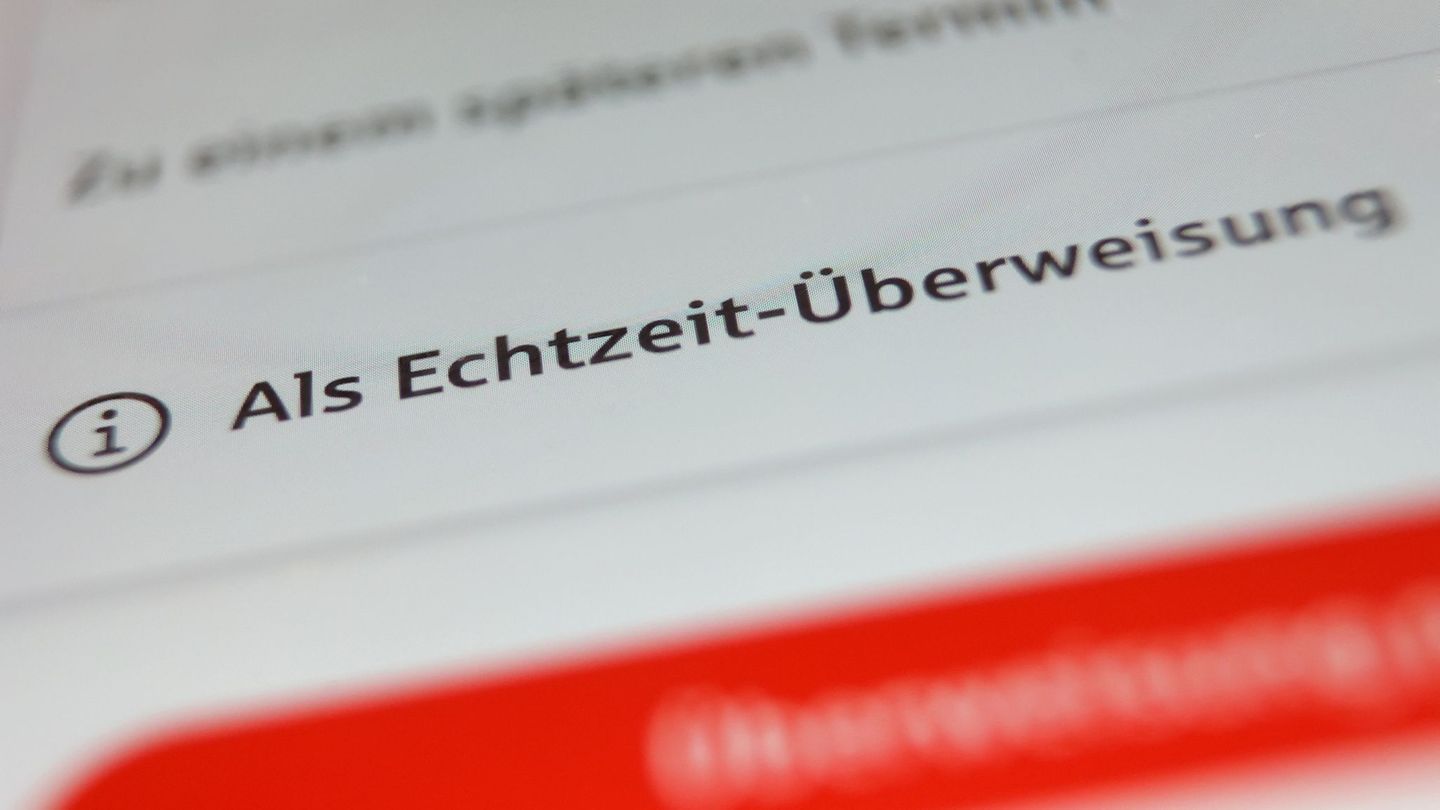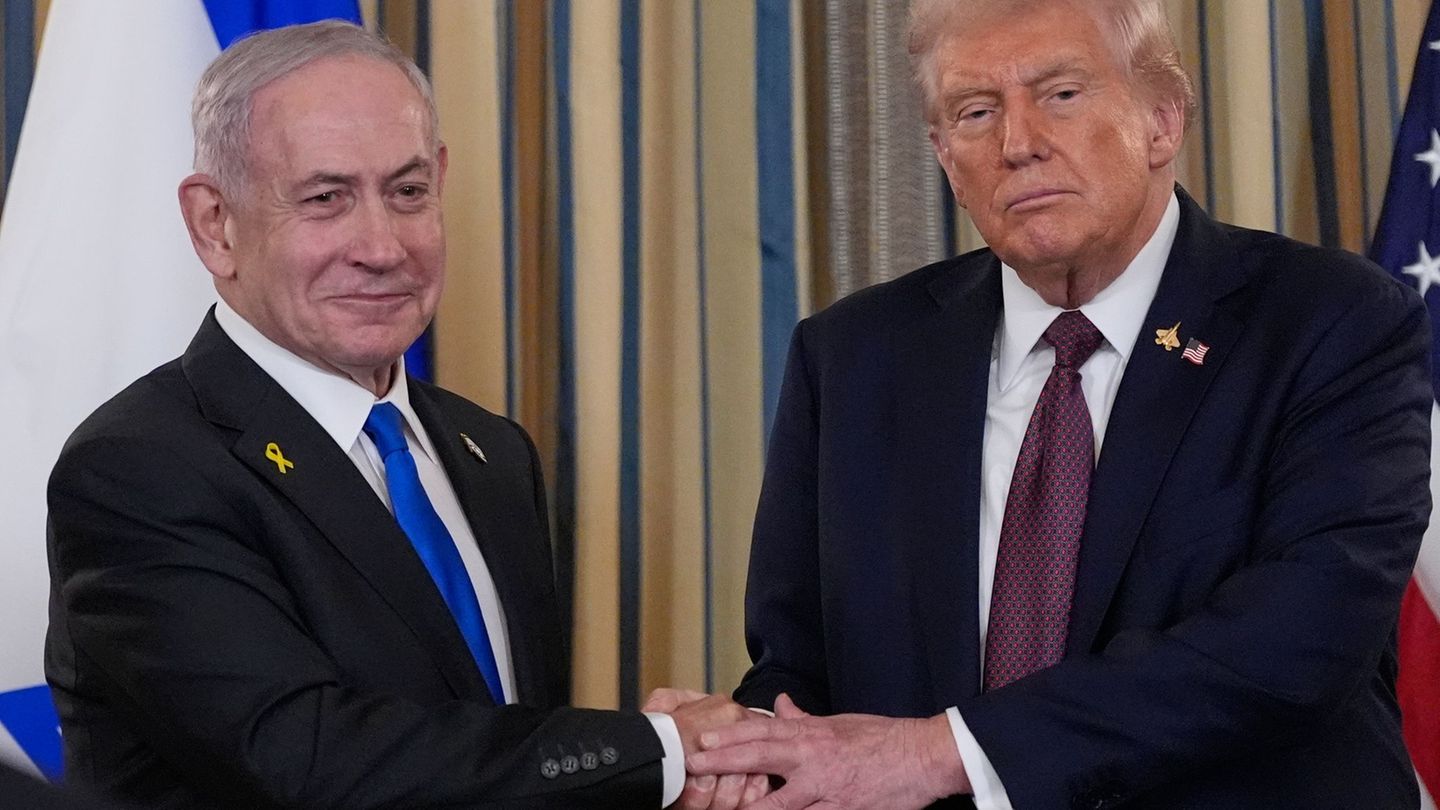He dollar continues its path in what seems to be beginning to be a bearish trend after seven consecutive days of fall in its value in Uruguay, to the point of reaching a new low in more than three years. How much can they have to do with investments recently announced in the country?
The red arrow was once again the protagonist at the close of the markets yesterday, marking what many expected but, possibly, nobody wanted: a new drop in the dollar, the seventh consecutive after more than a month in which its price was maintained relatively stable, interspersing minor ups and downs. With the decrease of 0.15% yesterday, the US currency traded at 38,173 pesos, according to official data from the Central Bank of Uruguay (BCU), and the range of 38 pesos came even more dangerously close. The last time the currency was at similar values was February 19, 2020, when it closed at 38,064 pesos.
This new decrease occurs in a general context marked by the fall in the price of the dollar, which so far this year it has declined by 4.74%while at the interannual level the drop is more than 4.77%.
The arguments used by the government as an explanation for the claims of the exporting sectors for a most competitive exchange rate —especially in the face of the 10.65% decline that the dollar had during 2022— pointed to the record year in external placements that had generated a large inflow of foreign currency that the local supply was unable to absorb. However, after six months with a drop in exports, it is worth asking the reasons for the sustained exchange rate delay that, in the last seven days, became even more evident, not because of the non-rise, but because of the worrying drop.
A new investment, a new income of dollars
The financial agency Sherpa staff pointed out a few days ago, when the historic investment that the business group will make Global HIF in a green hydrogen plant in Paysandu, that this important disbursement would generate a renewed entry of dollars into the economy and, therefore, new pressure for the peso to continue appreciating.
The investment of 4,000 million dollars was announced on June 8, when the US currency had been down for just one day. Since that day, the fall was a trend in the price.
To argue the projection, Personal Sherpa recalls what happened in July 2019, when the investment for the construction of the second plant of UPM in the country —until a few days ago, the largest investment in Uruguayan history—: this had a immediate impact on the exchange rate around one peso, as well as in the price of bonds in nominal pesos. Against this background, and also taking into account what happened from the income of dollars from record exports, the downward trend could be explained —at least, in part— by this new project of important dimensions.
embed
Lacalle Pou announces a green hydrogen plant in Paysandú with an investment of more than US$ 4,000 million. This would exceed the amount of PSU 2.
Renewed entry of dollars into the economy and, therefore, a new pressure for the peso to continue appreciating?
https://t.co/WbwrofLjwj— Personal Sherpa – Finance and Investments (UY) (@psherpa5) June 8, 2023
Added to this, on the other hand, is the appreciation of emerging currencies which has been a global phenomenon in recent days, driven by the trend of investors and the greater aversion to risk that a weakening of the dollar worldwide may entail. In parallel —and also as a cause of the above— the United States Federal Reserve (Fed) it began the pause in its contractive monetary policy and kept interest rates frozen, which will deepen the loss of strength of that country’s currency.
At the local level, meanwhile, in addition to the HIF Global investment, it is also necessary to consider the improvements in the debt note by the most important risk rating agencies: Standard & Poor’s, Moody’s and Fitch; that supported the Uruguayan economy and can, in turn, continue to appreciate the local currency.
Source: Ambito




